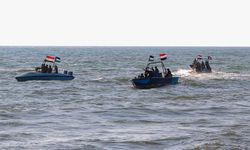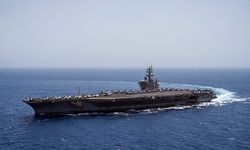The eight-day voyage, which concluded with the carrier's return to port at Jiangnan Shipyard in Shanghai, showcased the vessel's prowess in navigating the seas and its maneuverability.
During the sea trial, the Fujian underwent rigorous testing of its subsystems and equipment, including propulsion and electrical systems, all of which yielded expected results, according to the PLA Navy.
The successful voyage paves the way for further testing of radar systems, communications systems, close-in weapons systems, and landing systems in future trials.
Unlike its predecessors, the Liaoning and Shandong, which utilize ski jump ramps, the Fujian boasts three electromagnetic catapults, enabling more efficient aircraft launches.
With a larger displacement of 80,000 tons, the Fujian can carry more aircraft and launch heavier loads, promising enhanced operational capabilities for the PLA Navy.
The extensive use of advanced technologies, particularly electromagnetic catapults and arresting devices, necessitated a prolonged mooring test period of nearly two years, and a similar timeframe is expected for sea trials.
However, experts emphasize the importance of ensuring the carrier's full readiness before its commissioning, underscoring the PLA Navy's commitment to prioritizing combat capability over expediency.






